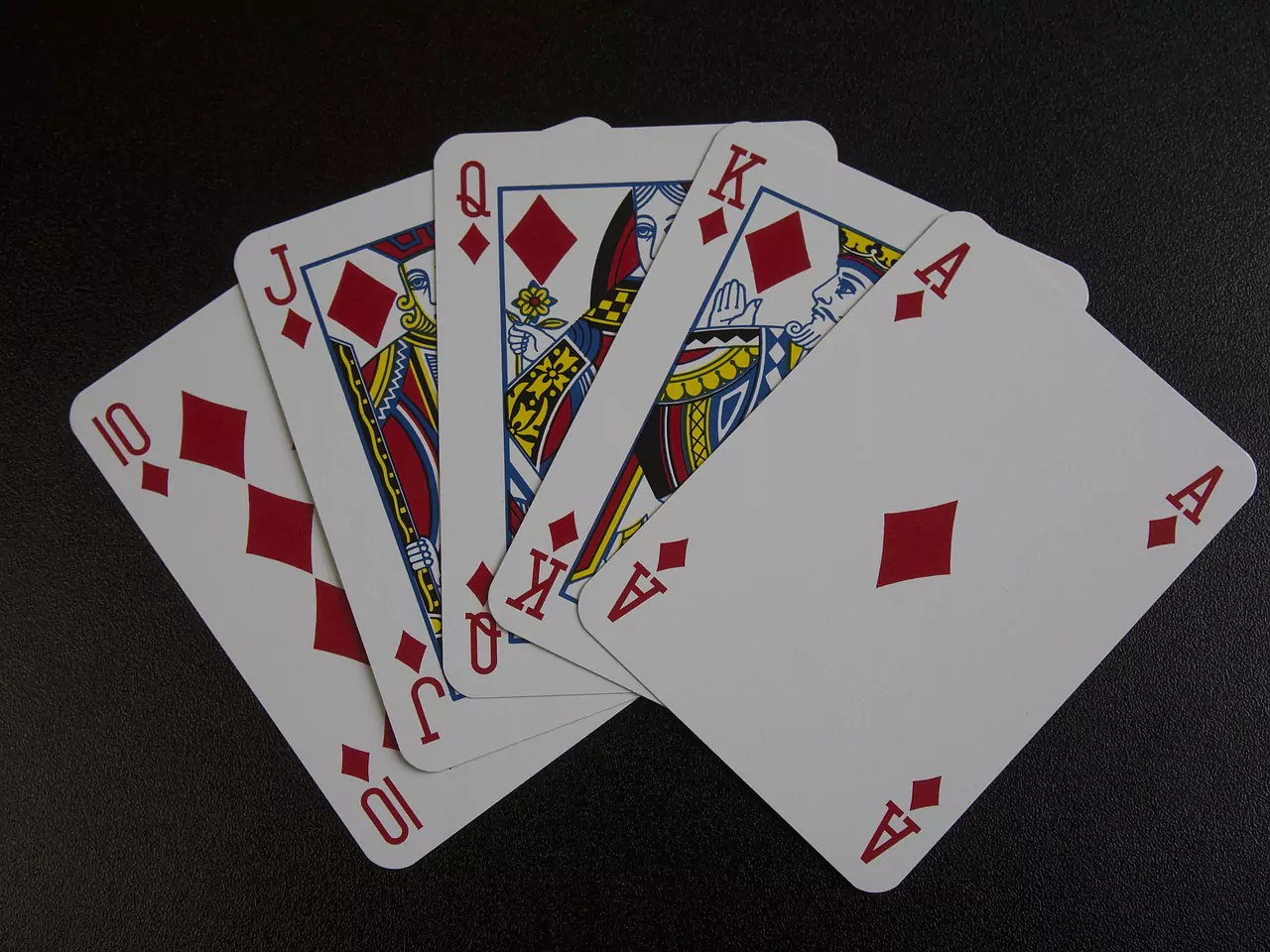In the intricate dance of poker, where each decision is a step in the strategy tango, there exists a move that stands as the pinnacle of risk and reward—the “All-In” moment. These two words carry a weight that reverberates through the poker table, signaling a player’s decision to push all their chips to the center, laying everything on the line for the outcome of a single hand. Join us as we unravel the layers of excitement, strategy, and psychology embedded in the heart-pounding All-In moment in the world of poker.
All-In Defined: A Bold Declaration of Intent
“All-In” is more than a mere declaration; it is a bold statement of intent. When a player decides to go All-In, they commit their entire chip stack to the current hand. It’s a move that transcends the nuances of poker variants, representing a universal expression of both confidence and vulnerability.
Strategic Complexity: Timing, Bluff, and Power Moves
Going All-In is not a haphazard decision; it’s a strategic calculation that involves a careful evaluation of various factors.
Premium Hands and Maximum Value: The most straightforward scenario for going All-In is holding a premium hand—pocket aces, kings, or another powerhouse. This move is a bid to extract maximum value from opponents or force them to fold their hands, securing a substantial pot.
Bluffing with Conviction: All-In isn’t exclusive to strong hands; it’s a weapon for well-executed bluffs. A player may choose to go All-In with a weaker hand, relying on the conviction of their move to convince opponents to fold. The success lies in projecting unwavering confidence.
Stack Dynamics: The size of a player’s stack plays a crucial role in the decision to go All-In. A short stack might use this move strategically to double up and stay in the game, while a larger stack may leverage it to assert dominance and pressure opponents.
Tournament Survival: In tournament play, going All-In becomes a tactical necessity. As blinds escalate and chip stacks dwindle, players might use this move as a survival tactic, aiming to accumulate chips and stay competitive in the tournament.
Psychological Intricacies: Fear, Intimidation, and Emotional Rollercoaster
Beyond the strategic considerations, the All-In moment delves into the intricate realm of psychology, both for the player making the move and those contemplating a response.
Fear and Intimidation: The declaration of All-In introduces an element of fear and intimidation. Opponents, especially with marginal hands, may hesitate to risk their chips against such a bold move, playing into the psychological advantage of the aggressor.
Reading Opponents: A skillful player uses the All-In moment to read opponents. Observing reactions, gauging hesitation, or detecting signs of discomfort provide valuable insights into the strength of opponents’ hands. It’s a psychological chess match where players attempt to outmaneuver each other mentally.
Emotional Rollercoaster: Going All-In is a rollercoaster of emotions. The thrill of the gamble, the fear of potential loss, and the adrenaline rush amplify the intensity of the moment. Emotional control becomes a crucial asset for both the player making the move and those forced to respond.
Decision Dilemmas: Opponents faced with an All-In encounter a complex decision-making process. They must assess the likelihood of a strong hand versus a bluff, consider the potential impact on their chip stack, and manage the emotional toll of making the right decision.
All-In in Tournaments: Triumph and Desperation
In the context of poker tournaments, going All-In takes on a dual role—it can lead to triumphant chip accumulation or signal the desperation of imminent elimination.
Triumphant Chip Accumulation: A well-timed and successful All-In move in a tournament can propel a player into a dominant position. By accumulating chips and surviving critical confrontations, players navigate the tournament with newfound strength.
Desperation and Survival: Conversely, going All-In can be an act of desperation, a last-ditch effort to survive dwindling chip stacks and escalating blinds. The decision becomes a calculated gamble for tournament survival, where success brings a renewed fighting chance.
All-In Showdowns: The Culmination of Drama
The pinnacle of an All-In moment is the showdown, where cards are revealed, and destiny hangs in the balance. As players eagerly await the revelation of holdings, the outcome determines the redistribution of chips and reshapes the dynamics of the game.
Triumph and Elation: Emerging victorious in an All-In showdown is a moment of triumph and elation. The rush of adrenaline, the validation of strategic acumen, and the tangible increase in chip count create a celebration of success.
Resilience in Defeat: Facing defeat in an All-In showdown demands resilience. A player who loses must confront the emotional challenge of bouncing back, managing the psychological impact of the loss, and adapting their strategy for the remainder of the game.
The All-In Meta-Game: Fear Factor and Image Management
The consistent use of the All-In move contributes to the establishment of a player’s table image. Whether perceived as a fearless aggressor or a calculated strategist, the All-In meta-game extends beyond individual hands, shaping how opponents approach interactions with the player.
Fear Factor: A player known for frequent All-In moves, especially with successful outcomes, instills a fear factor at the table. Opponents may become cautious, second-guessing their decisions when facing aggressive moves from the player renowned for bold plays.
Image Management: Skillful players leverage their All-In meta-game to manage their table image. Balancing aggressive moves with strategic restraint prevents opponents from categorizing them predictably, maintaining an element of surprise.
The Digital Dimension: All-In in Online Poker
In the digital realm of online poker, the All-In moment retains its intensity, albeit in a virtual setting. Automated platforms facilitate the mechanics of going All-In, and players rely on timing, betting patterns, and statistical analysis to decipher the intentions of their online adversaries.
Instantaneous Drama: Online poker introduces a digital dimension to the drama of going All-In. The instantaneous nature of virtual decisions adds unpredictability, forcing players to adapt to the rapid ebb and flow of the game.
Data-Driven Decision Making: Online players utilize data analytics and tracking tools for informed All-In decisions. Betting patterns, historical data, and player tendencies become valuable sources of information, contributing to the strategic calculus in the digital realm.
Conclusion: All-In, Where Boldness Meets Brilliance
In the grand tapestry of poker, the declaration of “All-In” is a symphony where boldness meets brilliance. It encapsulates the spirit of the game, where calculated risks and strategic audacity define the path to victory. Whether a triumph of strategic prowess or a testament to resilience in defeat, the All-In moment contributes to the ever-evolving narrative of poker. It’s the heartbeat of the game, where the thrill of the gamble meets the artistry of strategy, creating a timeless allure that resonates through the cards and chips, echoing the enduring magic of poker.



